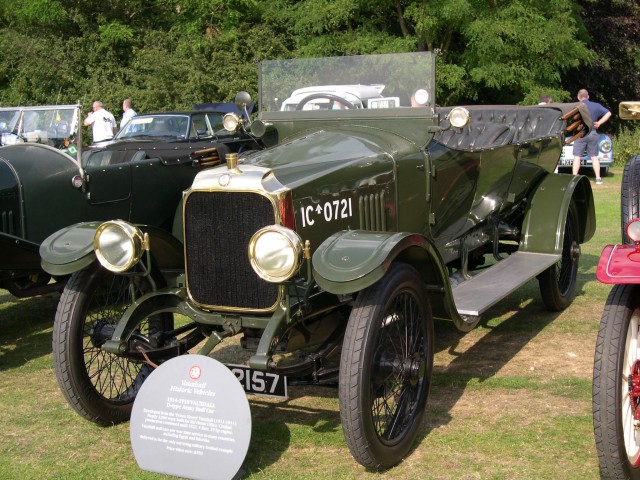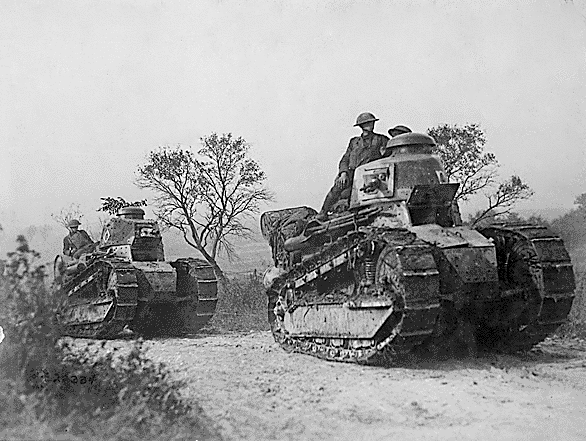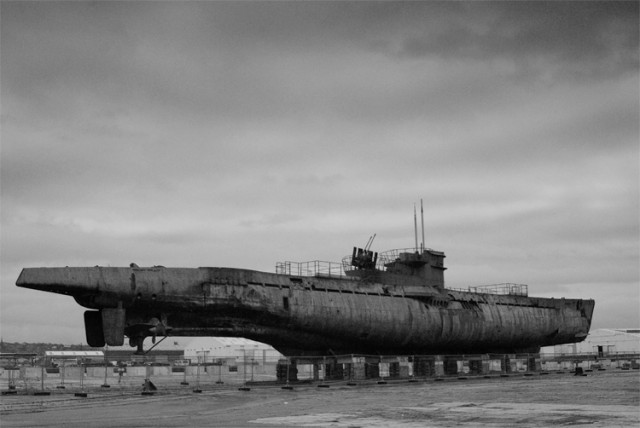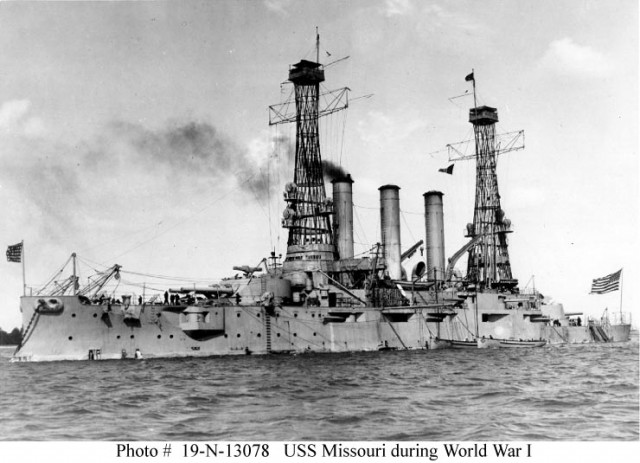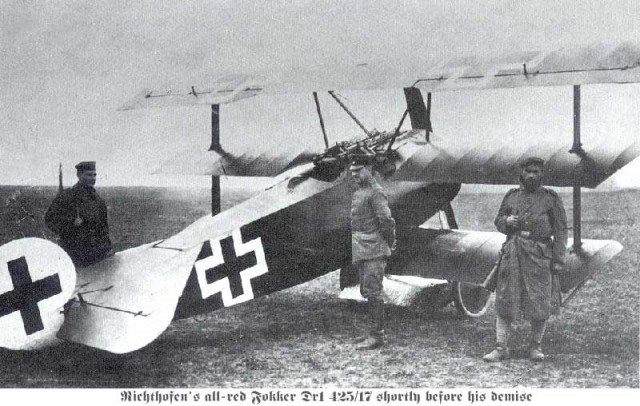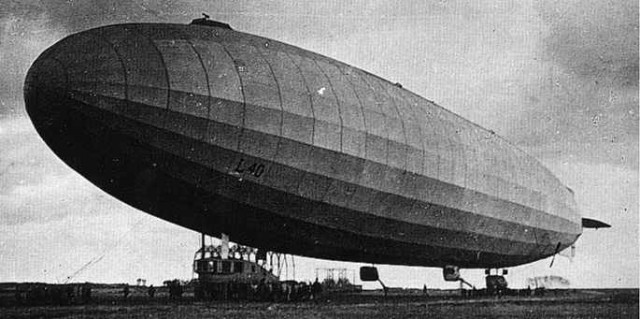World War I was not only a battle for defining country borders or balancing power in Europe. Its impact was far ranging including technology developments that had previously never thought possible.
Vehicles and transportation were crucial to the war effort. Whoever had the best automobiles, aircraft, naval vessels, and tanks had the edge in the battle.
The war itself ensured that technology was being pushed to its limits and accelerated development. Here are a few examples of vehicles that took part in the war, were improved and developed during those years, and later transferred for use by the general population after the war.
Cars – During the war, Vauxhall’s D-Type was used all over battlefields in Europe. They were preferred by officers over using horses. It had thin tyres and a 25 horsepower motor, making it far more efficient and manageable than using live animals. In 1914, cars were owned by the rich and famous, but not so much by the masses. Henry Ford was, at the time, developing the Model T for mass production.
Tanks – France’s Renault FT was a great early tank used in World War I. It was inexpensive to manufacture, lightweight and had sturdy steering. By its sheer numbers it could overcome enemy attack, and being the first tank of its kind, it put fear into the enemy.
Submarines – German U-boats during World War I were the scourge of Allied trade vessels. It is estimated that German U-boats sunk around 5000 ships during the war, as they aimed to stop imports getting into the UK and starve the population into surrender. Today, submarines are the lethal weapon of the seas, particularly since they are now fitted with nuclear-tipped missiles.
Battleships – Navies had existed for hundreds of years prior to World War I, and Britain had led naval vessel development for trade and running its empire prior to the war. It then built dozens of battleships to take part in the conflict, the Wired.com reports.
Aircraft – Germany’s Fokker Dr.1 triplane became synonymous with World War I and created air-based dogfighting. Meanwhile, the US’s Curtiss JN-4 (Jenny) biplane was a pioneer for civil aviation and training pilots after the war.
Zeppelin – The zeppelin is probably the only mode of transport that did not take off nor go into mass production. The German’s flagship air vessel did invent strategic, targeted bombing methods due to the vessel’s slow speed. Its pure appearance also scared people on the ground like no other vehicle.

